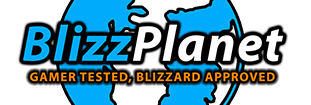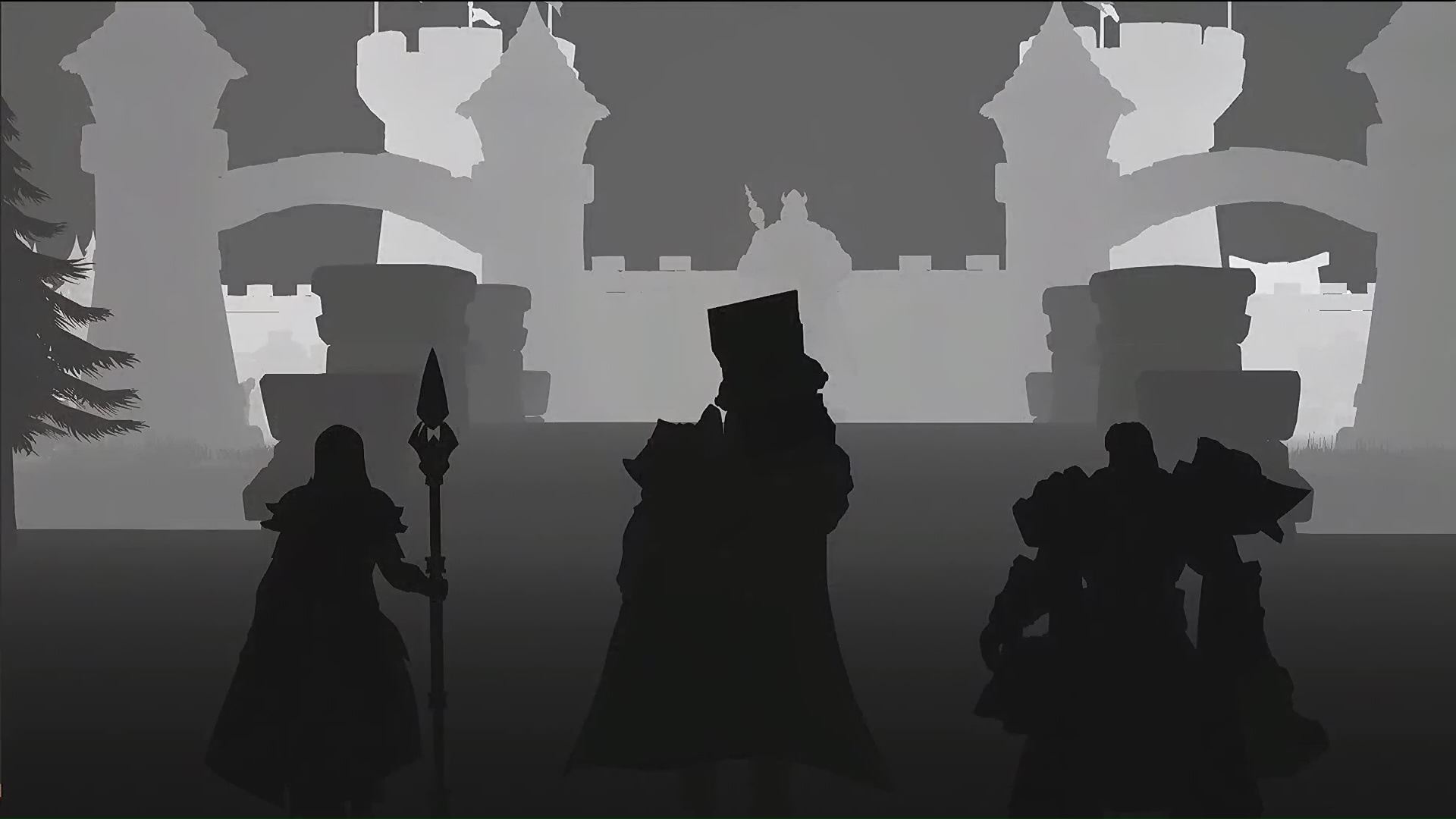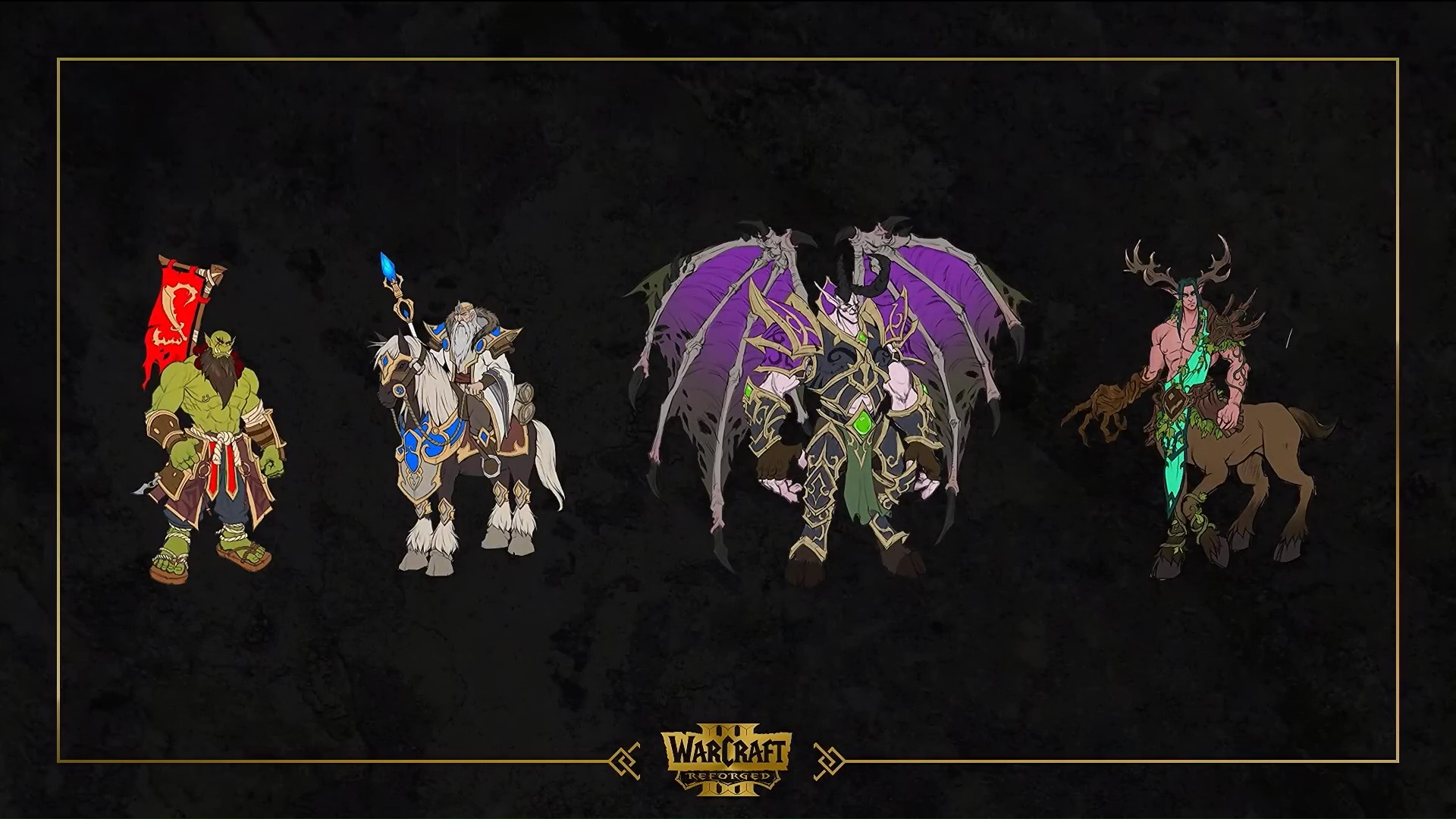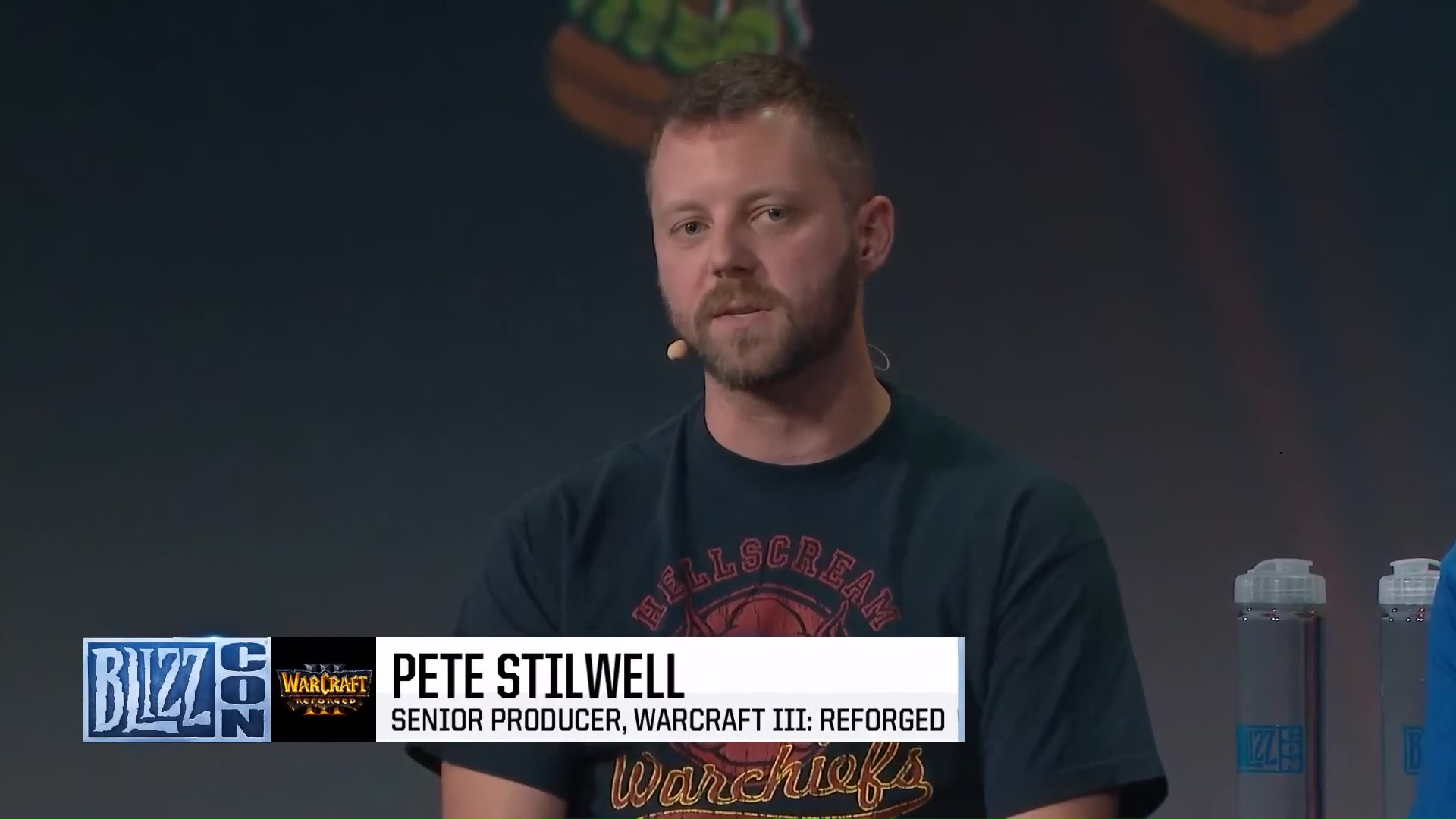DESIGN & BALANCE
Grubby: So, let’s get back a little bit as well to the design and the balance aspect of Warcraft III. You’ve been able to do a pass over Matt, over some of the maps that are in competitive play. The competitive lifeblood of Warcraft III is still very much alive. There’s a tournament happening later this month in China.
And you’re looking at these maps and these races, and they haven’t been touched for a very long time; and then, this year we’ve had a number of patches. And it brought about a lot of changes, most of them good, a few of them is like, that’s going to happen, right? And so when you’re going in on the units in Hero balance, what is your overall philosophy? What are the main aims or wrongs you’re trying to right, let’s say?
Matt: The process was coming back on to the Warcraft III. One of the things we did is, we went and talked to the communities in China, there’s some of the larger map making communities and we talked to some of the professional players. Even in Europe, some of the guys out there, and I started asking questions like, why are you picking this Hero? Or why are you not using these units? What maps do you like?
Right, so I gathered a lot of information, I did all my homework and then I started opening up the maps myself, and I noticed… when you look at the more recent RTS’s we’ve done, you see… for competitive play, each start location for the resourcing is spot on. But when I look at the Warcraft III maps, some of the start locations, the town hall is further away from the lumber, right?
So right away, I just started noticing, like, there’s some areas that if I were to do this today, there’s a lot of changes I need to do. So I started playing around with some of the maps for people to understand if there’s a difference. We put a LV for ladder version on it. And that was like the first step. And the second step, we started looking at the heroes like, there’s a lot of stuff we wanted to balance, but we didn’t want to do it all at the same time.
So there’s a bit of a plan to just approach the heroes and not necessarily go after, like, the more overpowered units that you hear from, like the Blademaster and Demon Hunter, things like that. But really what we wanted to do was bring up some of the other characters, right? The ones that these are the proceed and the competitive senior center, we’re never using this hero. And so, we wanted to kind of lift those up.
And recently, we did a big patch across all the races in the units. And as you said, there’s some things that we’ve kind of missed a little bit. And so we want to have this dialogue, we want to have this conversation. So as we do things and maybe it’s not quite the right spot, we want to proactively go and fix it. So this has been an ongoing thing, all the way up to Reforge; and hopefully, even beyond. We’ll continue to make sure that the game feels fresh.
Grubb: I think that makes a lot of sense. A lot of Warcraft III purists when you ask them, what do you think about Warcraft III? They’re going to be like, that’s the best game ever. It’s perfect. But as I’ve come to realize, it’s perfect sometimes despite its imperfection. Like if you ask, what is the best map ever in tournament play? Like Twisted Meadows has produced some of the most legendary matches in tournament play; you know, one hour matches, closed matches, come back matches.
But when you look at the starting location, sometimes someone has got the trees very close to his base, so he can easily mine lumber and sometimes it’s very far away. You discovered that and you’re like, hey! That doesn’t make sense, right?
Rob: Yeah!
Grubb: You maybe did a note that maybe it is so popular because there’s such a big maple(sp?). And in the end, that cements itself as this main tournament map and you’ve been making those changes, right? In the patches.
Matt: Yeah! In… even the maps I’ve already touched at this point, I ask this when we get on the forums and we are talking with the community like, if there’s additional maps or if there’s things that we’re actually missing and we’re not putting our focus on, we want to continue to have this conversation with the community and really try to make sure we’re hitting all the right notes.
Because ultimately we’re up here, doing the Warcraft III: Reforged, we’re doing it for the community, you guys have been so awesome for so long, and now it’s really for us at this point to kind of give back to you, and kind of build this game the way you guys want to have it done.
So, I think that’s one thing that really shines through as well. Certain changes have already been made, they tie in with Reforge, they were part of Reforge even though you couldn’t admit it yet. A lot more is going to happen over the coming times. But you’re hungry for feedback, right?
Matt: Yes.
Grubb: And we’re going to have a feedback link later on at the conclusion of this panel. So make sure to burn that on your retina, and check that out as well; because you’re listening to these things, that’s what you rely on, the communities’ ideas as well. Like to, it’s one part of the puzzle, right?
Matt: Yes, absolutely!
Grubb: Now, this is your second remaster, guys. StarCraft: Remastered proceeded Warcraft III: Reforged, there must have been lessons to learn from things you wanted to repeat, maybe traps you wanted to avoid. Maybe tools that you could reuse in Warcraft III, talk us through that?
Pete: I think the first one was understanding that the community has not left the game, lean into that knowledge, lean into the fact that 15 years of thoughts about how to make balance better, or what the editor needs to be more powerful are like a perfect foundation and basis for our marching orders of what needs to be encapsulated in this. And we kind of learned that with StarCraft: Remastered.
And then some of our brilliant engineers who created these kind of core libraries where we don’t have to keep reinventing the wheel when we’re implementing a new feature, or giving an overhaul the matchmaker with the new MMR and EOL system that we developed for StarCraft: Remastered. Like, being able to port that into this game saves us a lot of time, which the benefit is you guys get the game sooner. So no complaints there, right?
But it’s those types of things, it’s the fact that we grew as a team during StarCraft: Remastered, like, we just know better how to function, and we’ve been better at partnering. Like, we have these amazing partners throughout the globe, that help us with this, who helped us with the art and help us with expanding the editor, and things like that; and learning how to be decentralized was another like, huge mechanic to doing this more quickly and better.
And a lot of those people are from the community, that’s one of the best things. Like, we have people we’ve hired over that we’re partnering with that are of this community, that never left, that never stopped making maps; and knowing that– having that inside of your team, not just as you reach out, is really empowering, helps you avoid staying off the rocks in a lot of way.
NEXT: MAP EDITOR
| WORLD OF WARCRAFT: WHAT'S NEXT PANEL TRANSCRIPT | ||||
| 1. Intro | 2. Enhancements | 3. Design & Balance | 4. Map Editor | 5. Q&A |
Hope you enjoyed this article. Please, support Blizzplanet via PayPal or Patreon, and follow us on Twitter, Facebook, YouTube, and Twitch for daily Blizzard games news updates. |
 |










